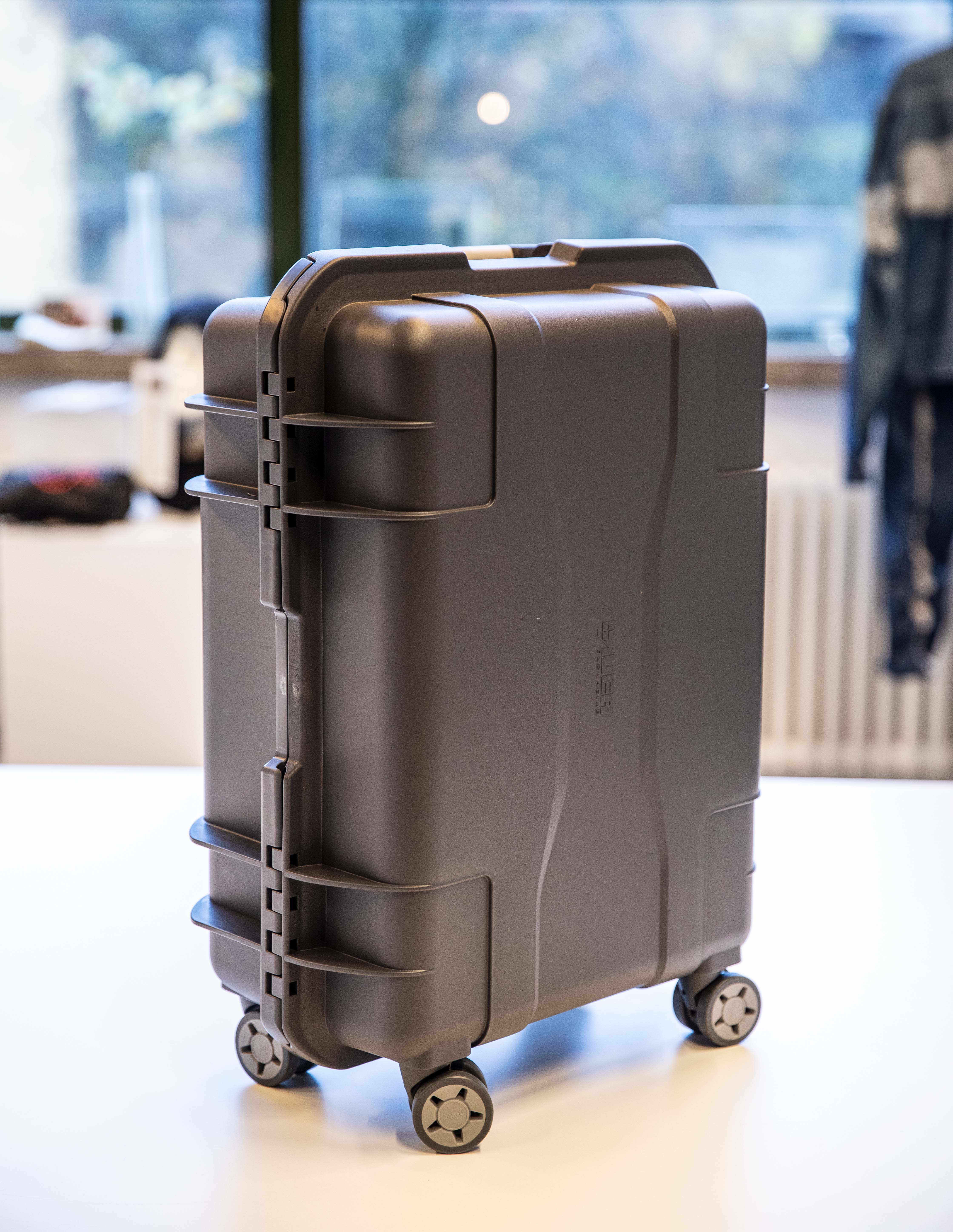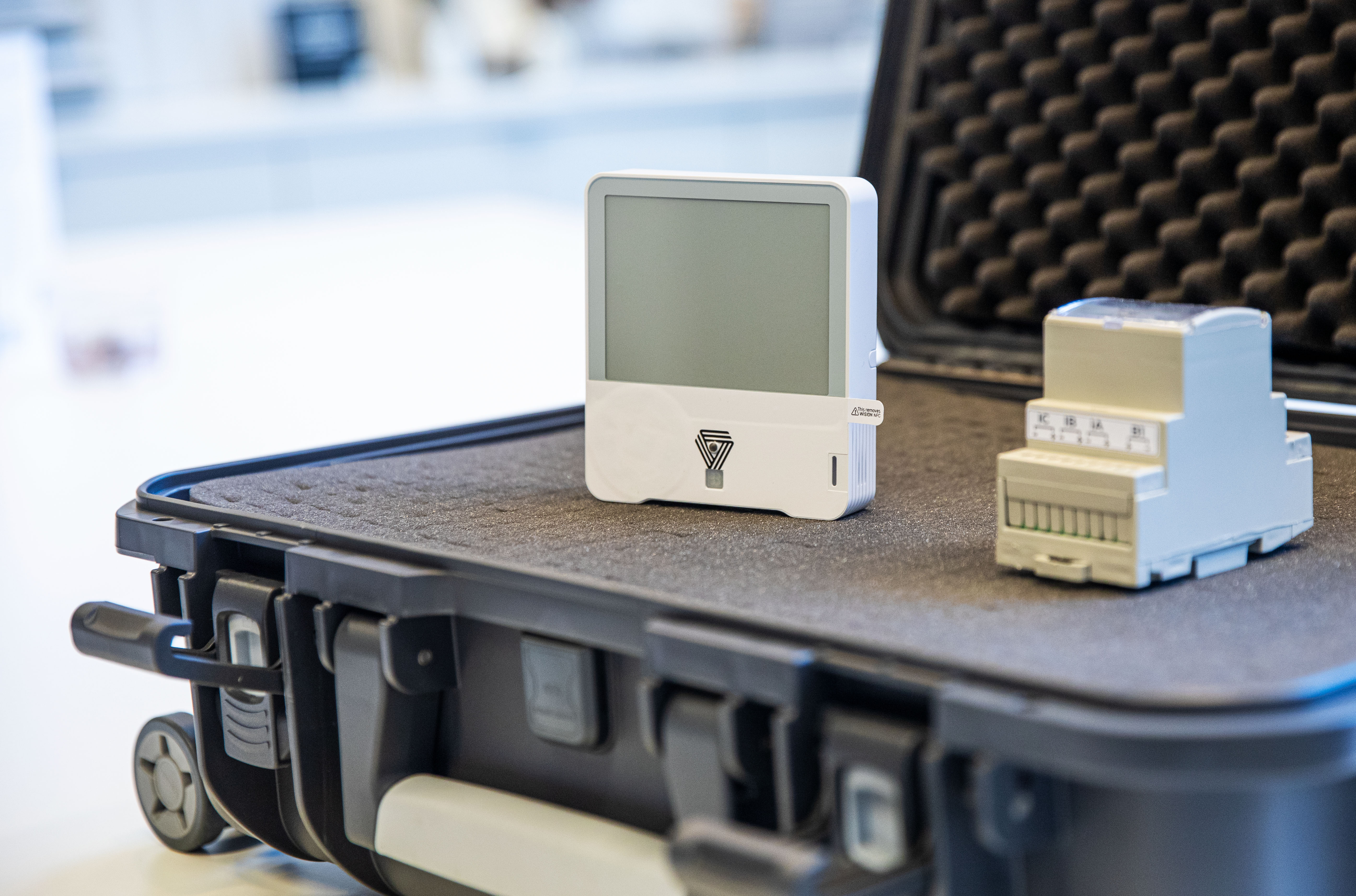
- Black Box to Collect Primary Data
- Transparency

A portable solution that autonomously collects primary sustainability data about pollution caused by manufacturing in the textile value chain and makes this information available to stakeholders.
Science Park Borås
Wideco
Efficient use of resources
Resource Efficient technology
Reduction of waste
Sustainable consumer behavior
Supports product specific Green Claims
Transparency
The solution consists of four layers:
Layer 1, sensors: Collects data from machines and facilities
Layer 2, gateway: Transmits data from sensors cloud service
Layer 3, cloud service: Summarizes and discloses data through API
Layer 4, application: EU Taxonomy reporting, consumer facing communication, process improvement
The textile and apparel industry often rely on global average data when sustainability performance is assessed. The use of global average data is problematic since the
foundational data is often outdated, not relevant for the specific value chain and is not collected for the purpose of comparison. Access to primary data is increasingly important for better decision making, to better understand value chain processes and will be necessary if companies want to make green claims about a product.





How far can we push transparency? Together with Gina Tricot and PaperTale, the project Mikrofabriker wanted to test the boundaries. By using block chain technology, we tried to trace every aspect of the impact the garments in this collection have on people and planet. Ecological, social, and economic transparency.
The block-chain technology by PaperTale allows us to trace every step of the garments’ production, right from the cotton farm to your doorstep. The collection is made in Borås, Sweden by XV Production and using PaperTale we were also able to calculate the exact impact per garment.
By scanning the NFC tag on the sleeve of the garment with your smartphone, you get access to the full journey, impact and craftsmen information gathered throughout the process, all of which is verified through the technology.
All group objects:
Transparency is necessary to ensure that stakeholders in the textile and apparel value chain have access to information in matters that affect them. Transparency is a must for sustainable development.
Accountability is highly valued among customers; in terms of brand building, it comes second to the quality of goods or services. New technologies such as blockchain, RFID, and Bluetooth applications as well as faster data computation enable more possibilities for transparency, traceability, and accountability.
Complete transparency and traceability are still visions. Systems must be created that give all stakeholders in the apparel and textile value chain opportunities to make responsible and informed decisions and to stop corruption.